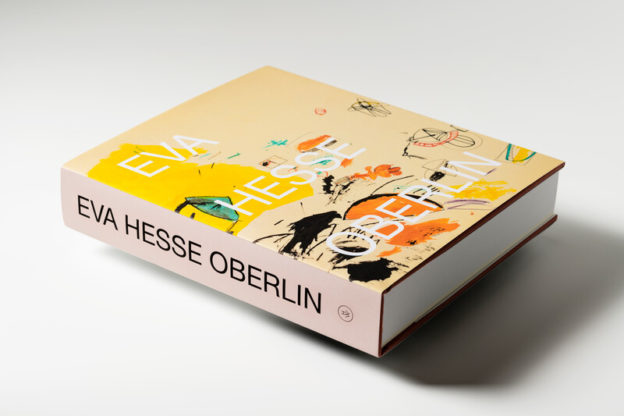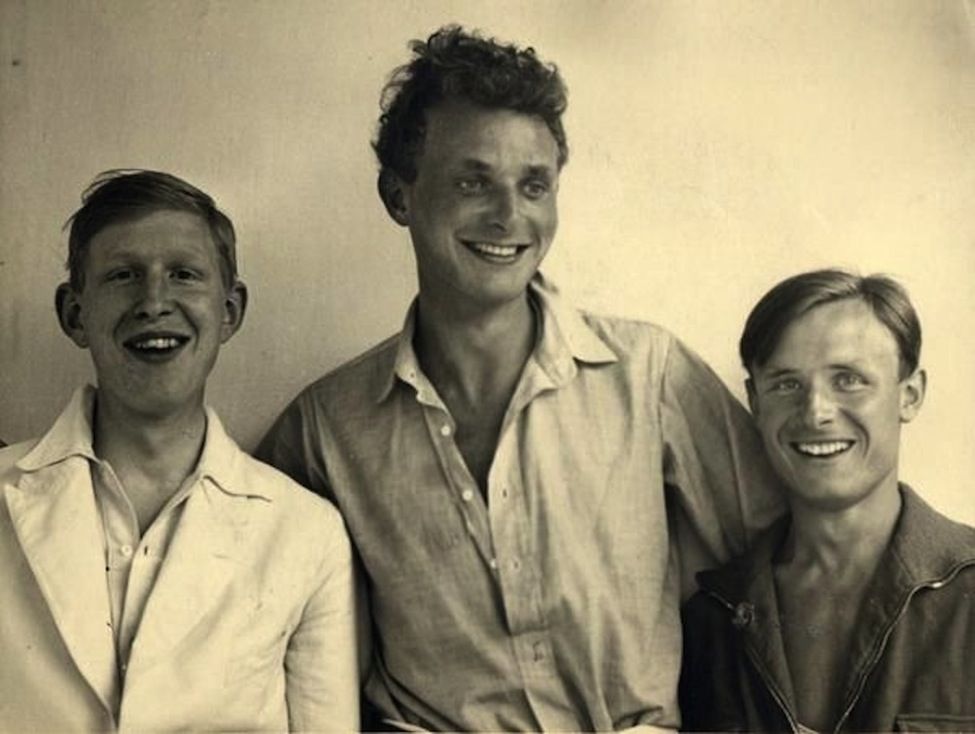

Violence is what pleases me most—I feel at ease in it—I adore frightening people… but after I have atrocious fears… if I do not succeed in expressing myself in violence (in a civilized manner if possible) depression and self-destruction appear. — Louise Bourgeois*


Among the commonalities—and there are more than a few—shared by Louise Bourgeois and Pablo Picasso: they both had long, protean artistic careers marked by very strong late period work focused on eroticism and intimacy, often in the form of “the couple.” This point is examined with great sensitivity in the exhibition catalog LOUISE BOURGEOIS & PABLO PICASSO—ANATOMIES OF DESIRE, a masterpiece of scholarship and visual documentation published by Hauser & Wirth in coincidence with the eponymous Zürich exhibition.


Edited by Marie-Laure Bernadac, the show’s curator, the volume presents extensive, beautifully reproduced “intentional pairings” of the artists’ work as well as writings by curators (Émilie Bouvard and Bernadac), a psychoanalyst (Gérard Wajcman), and Bourgeois’ assistant and closest confident during the last thirty years of her life—Jerry Gorovoy.


Of particular interest are essays by Picasso’s granddaughter, the art historian and curator Diana Widmaier Picasso (“Pregnant Woman: In the Work of Louise Bourgeois and Pablo Picasso”) and Ulf Küster (“Femme couteau—Thoughts on an Idea in the Oeuvre of Louise Bourgeois”), the curator whose Fondation Beyeler exhibition A l’infini (2011)—a show of Bourgeois’ sculptures in conversation with work by Fernand Léger, Francis Bacon, Alberto Giacometti, and Picasso—inspired ANATOMIES OF DESIRE.


Bourgeois frequently explored the theme of knife and woman in her art. As is often the case in her work, her subject not only concerns an object but also an action that cannot be seen apart from that object… Her works furthermore seem to have an immediate and urgent presence for her, one that extends beyond their makeup as mere objects; in Camille Guichard’s 1993 documentary, for example, she speaks about sculptures as persons…


It would go too far to cite “animism” in this context, and even the term “fetish” likewise does not seem appropriate because the implied religious aspect is completely lacking in Bourgeois’ oeuvre. But her works are nevertheless charged with her emotions, primarily addressing herself and yet provoking reactions. Her relationship to her own works seems to be of greater significance for her than the relationship of the work to the public. — Ulf Küster**


LOUISE BOURGEOIS & PABLO PICASSO—ANATOMIES OF DESIRE, exhibition catalog (Zürich: Hauser & Wirth Publishers, 2019).
LOUISE BOURGEOIS & PABLO PICASSO—ANATOMIES OF DESIRE
Through September 14.
Hauser & Wirth Zürich
Limmatstrasse 270, Zürich.
*Louise Bourgeois, letter to her husband, art historian Robert Goldwater, November 13, 1969, cited in Ulf Küster, “Femme couteau—Thoughts on an Idea in the Oeuvre of Louise Bourgeois,”** in Louise Bourgeois & Pablo Picasso: Anatomies of Desire, exhibition catalog (Zürich: Hauser & Wirth Publishers, 2019), 70–82.


From top: Louise Bourgeois, 1949, photograph by Berenice Abbott; Louise Bourgeois (2), TheConversation, 2007, ink on paper, and Fragile Goddess, 1970, bronze, gold patina, photographs by Christopher Burke; Pablo Picasso (2), La famille, 1970, private collection, photograph by Zarko Vijatovic, and Sibylle, 1921, oil on canvas, courtesy Kunstmuseum Den Haag; Louise Bourgeois (2), Umbilical Cord, 2003, fabric and stainless steel, and stainless steel, glass, and wood vitrine, photograph by Burke, and Louise Bourgeois & Pablo Picasso—Anatomies of Desire, Hauser & Wirth, Zürich, 2019, installation view; Pablo Picasso (4), Le baiser aux fleurs, 1929, oil on canvas, private collection, courtesy Almine Rech, photograph © FABA Photo, Hugard & Vanovershelde Photography, Marie-Thérèse au béret rouge et au col de fourrure, 1937, oil on canvas, photograph by Stuart Burford Photography, La femme enceinte, 1950–1959, bronze, Raymond and Patsy Nasher Collection, Nasher Sculpture Center, Dallas, photograph by David Heald, and Le baiser, 1969, oil on canvas, private collection, photograph by Alex Delfanne; Louise Bourgeois (4), Fallen Woman, 1981–1996, white marble, nylon, and thread, Untitled, 2002, fabric, and aluminum, glass, and wood vitrine, photographs by Burke, Nature Study #6, 1995, pink marble, Ursula Hauser Collection, Switzerland, photograph by Francis Jacoby, and Untitled, 2009, fabric and wood, and stainless steel, glass, and wood vitrine, photograph by Burke, courtesy Hauser & Wirth; Pablo Picasso, L’étreinte, 1903, pastel and black chalk on Masonite, courtesy of Christie’s; Louise Bourgeois, Couple, 2002, fabric and hanging piece, and stainless steel, glass, and wood vitrine, photograph by Burke. Pablo Picasso, photograph courtesy and © Ervin Marton Estate, Musée national Picasso-Paris, and Michèle Bellot. All Louise Bourgeois images courtesy and © The Easton Foundation, 2019, ProLitteris, Zürich. All Pablo Picasso images courtesy and © Succession Picasso, 2019, ProLitteris, Zürich.





































